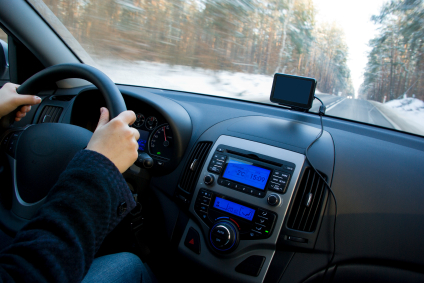Embedded computing has the power to transform the retail landscape. Digital retail technology can be used to meet shoppers’ demands for efficiency, speed, improved customer service, as well as their desire to be more informed and socially connected, while simultaneously addressing the retail industry’s needs for increased growth, increased basket-size ($$ of revenue per customer visit), reduced store staffing, improved back- office operations, and increased stickiness (i.e., breeding customer loyalty by differentiating themselves from other retail stores). Using sensor data to understand people’s environment, behavior, and intent is crucial in the store of the future.
Retail stores have long wanted to improve and personalize customer service without having to add payroll costs through additional staff. This can be made possible through the strategic use of embedded computing at multiple points in the retail ecosystem. Networked digital signs will detect shoppers’ interest and engage them in purchases. In-store localization can determine the precise in-store locations of shoppers and products while sensors track in-store traffic patterns and crowdsourced analytics (from shopping history, social networks and other stores). Mobile devices in the hands of shoppers will allow them to obtain information in real- time.
Applications informed by data about individual and collective consumer behavior could enable retailers to deliver customized information and discounts to individual shoppers at particular times. Such personalized retail applications might enhance store loyalty and increase revenue.
Applications that enable retailers to track inventory in real time may reduce or eliminate lost revenue due to misplaced or out-of-stock merchandise Real-time inventory tracking would allow retailers to target promotions dynamically, based on current inventory or sales activity, and to optimize product placement based on accurate, up-to-the-minute sales data and in-store traffic patterns. Product-location and sales data would equally empower informed shoppers, who can identify which items are in which stores now, which are top sellers, who has purchased similar items, etc.
As yet another example, in-store robots might handle tasks such as folding clothing items, stocking shelves, and helping customers to locate items and load their purchases into their cars, freeing staff to focus on providing more attentive customer service. Future retail apps might also enable shoppers to experience products virtually, e.g., through digital unboxing and virtual dressing rooms.
Learn more about the other application domains that the ISTC-EC is seeking to transform: automotive and home.


